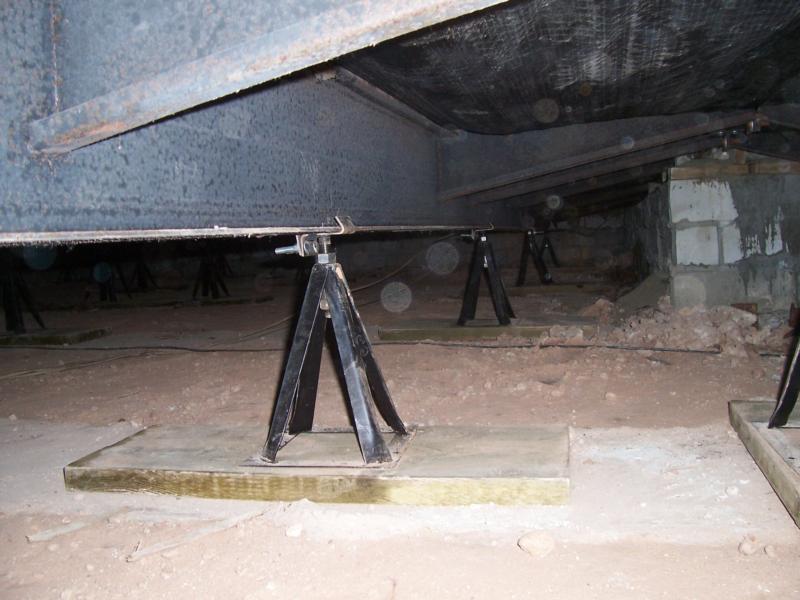Foundation Retrofitting is a great way to get the basement walls back on their footing and stop them from deteriorating further. If you live in any area of Canada or the US, you may have come across basement walls that have cracked or just potholes in them. When this happens, the soil around the foundation can move and the foundation’s weight is then shifted over. As a result of this movement, the walls start to bow and crumble.
Foundation cracks aren’t always a direct cause-of-action. The soil on your foundation can get quite cold and hard for a long time. This can expand the cracks to the point where they can be very serious. In addition, cracks can get bigger as the weather gets progressively worse over time. This means that more pressure is put on the foundation from every direction – increasing with temperature and reducing with it.
A few years ago, basement foundation retrofitting was a very big job, which required a lot of manpower. Contractors would climb up on the roof to take accurate measurements of the house and then they’d bring in the heavy equipment for the work. It all took several days, and the entire process could easily run into the tens of thousands of dollars, if not higher. This was a lot of money to throw away – and it was certainly money that weren’t being spent effectively.
Luckily, foundations today are made of stronger materials and engineers have discovered several ways to strengthen them without even having to drill into the ground. One of the most common methods used today is to make depressions on the foundation walls. These are simply areas where the walls connect to the ground and are no longer connected directly to the earth. When done properly, this significantly reduces the amount of stress that’s placed on the foundation walls.
You should never feel that foundation retrofitting is some kind of waste of time. The fact is that your basement walls are probably suffering from more wear and tear than you think. If you’ve just been paying your house owner’s insurance premium, you may already be obligated to repair the damage that’s been done. If you live in a region that requires a certain minimum coverage, then your foundation could be covered regardless of whether or not you’ve actually paid for it.
Foundation cracking isn’t anything new. It occurs every time you hear a creak or a bang as you walk across the street. Unfortunately, many people don’t pay attention to cracks in basement walls. Usually, when these creaks start getting worse, they’re followed by floods. In other words, when the ground water levels rise, cracks expand, often resulting in complete structural failure.
Many people try to ignore cracks in basement walls and assume that they’ll go away on their own. Unfortunately, ignoring foundation cracks doesn’t work – they can actually get worse over time. When you add water to a crack, you open the surrounding soil, creating a deeper hole. Over time, this can result in collapsed floor joists, roof collapse, and more. If you want to minimize the chances of your home’s foundation failing, you need to repair all cracks and waterproof it from the inside.
In most cases, you can fix cracks in basement walls yourself. There are many options available, so you won’t need to pay for basement services. For example, you can waterproof the area by wrapping sheet rock around it. If you’re willing to invest a little bit of time and elbow grease, you can also seal the area with polyurethane insulation. These last for several years and provide excellent protection from leaks.

